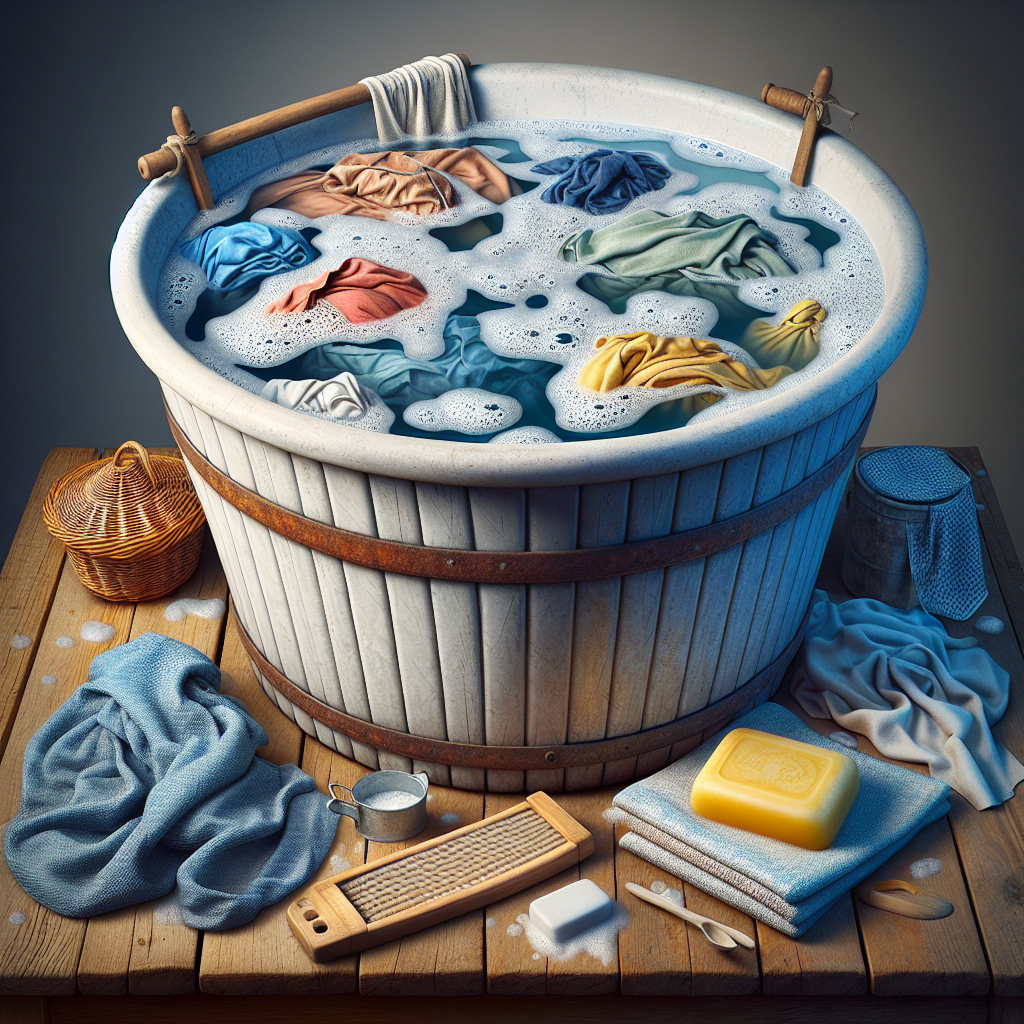Laundry rooms are essential spaces in our homes, but they can also be the source of significant water damage if not properly maintained. One common issue that homeowners face is laundry tub overflow, which can lead to costly repairs and cleanup efforts. In this article, we’ll explore the causes of laundry tub overflow and provide essential tips to prevent it, ensuring your laundry room remains functional and damage-free.
Understanding Laundry Tub Overflow
Laundry tub overflow occurs when water from your washing machine or utility sink spills over the tub’s edge, often flooding the surrounding area. This can cause extensive water damage to floors, walls, and even furniture if not addressed promptly. Let’s delve into the common causes of this problem.
Common Causes of Overflow
- Clogged Drain Lines: The most common cause of laundry tub overflow is a clogged drain line. Over time, lint, soap scum, and other debris can build up in the drain, restricting water flow and causing backups.
- Faulty Washing Machine: Sometimes, the washing machine itself may be the culprit. Issues such as a malfunctioning water level switch or a blocked pump can lead to excessive water discharge into the laundry tub.
- Improper Installation: If your laundry tub or washing machine was not installed correctly, it could result in improper drainage and overflow issues.
- Lack of Maintenance: Regular maintenance of both the washing machine and the laundry tub is crucial to prevent overflow. Neglecting this can lead to unexpected water damage.
Preventive Measures to Avoid Laundry Tub Overflow
Preventing laundry tub overflow involves a combination of regular maintenance, proper installation, and vigilant monitoring. Here are some essential tips to keep your laundry room dry and damage-free.
Install a Lint Trap in the Drain Line
One effective way to prevent clogs in the drain line is by installing a lint trap. This simple device catches lint and debris before they enter the drain, reducing the risk of blockages. Regularly clean or replace the lint trap to ensure optimal performance.
Regularly Clean the Drain
Periodic cleaning of the drain line can significantly reduce the risk of clogs. Use a mixture of baking soda and vinegar to break down any buildup, followed by hot water to flush it away. For stubborn clogs, consider using a plumber’s snake or contacting a professional.
Inspect and Maintain Your Washing Machine
Routine inspection and maintenance of your washing machine are essential. Check for any leaks, and ensure the water level switch and pump are functioning correctly. Clean the washing machine’s lint filter regularly to prevent lint buildup.
Ensure Proper Installation
If you’re experiencing persistent overflow issues, it might be worth checking the installation of your laundry tub and washing machine. Ensure that all connections are secure and that the drain line is properly aligned. If necessary, consult a professional plumber for assistance.
Use the Right Detergent
Using too much detergent or the wrong type can contribute to clogs in the drain line. Opt for high-efficiency (HE) detergents, which are designed to produce fewer suds and reduce the risk of buildup.
Responding to Laundry Tub Overflow
Despite your best efforts, laundry tub overflow can still occur. Knowing how to respond quickly can minimize water damage and reduce cleanup costs.
Immediate Steps to Take
- Turn Off the Washing Machine: Immediately stop the washing machine to prevent further water discharge.
- Remove Excess Water: Use towels, a mop, or a wet/dry vacuum to remove standing water from the floor and surrounding areas.
- Check for Blockages: Inspect the drain line and lint trap for any visible blockages and clear them if possible.
Water Damage Cleanup
If water damage has occurred, it’s important to act quickly to prevent mold growth and further deterioration. Here are some steps to follow:
- Dry the Affected Area: Use fans or dehumidifiers to thoroughly dry the area. Open windows to improve air circulation.
- Disinfect Surfaces: Clean and disinfect all affected surfaces to prevent mold and bacteria growth.
- Inspect for Damage: Check for signs of water damage, such as warped floors or stained walls. Repair or replace damaged materials as needed.
Professional Help and Insurance
In cases of severe water damage, it may be necessary to seek professional help, such as Dry Pros. We have the tools and expertise to thoroughly dry and restore your space.
Additionally, review your homeowner’s insurance policy to determine what coverage is available for water damage. Document any damage with photos and detailed notes to assist with the claims process.
Final Thoughts
Preventing laundry tub overflow is all about vigilance and regular maintenance. By following the tips outlined above, you can reduce the risk of water damage and keep your laundry room functioning smoothly. Remember, a little preventive effort can save you from costly repairs and headaches in the long run. Stay proactive and keep your home safe from the dangers of laundry tub overflow.
